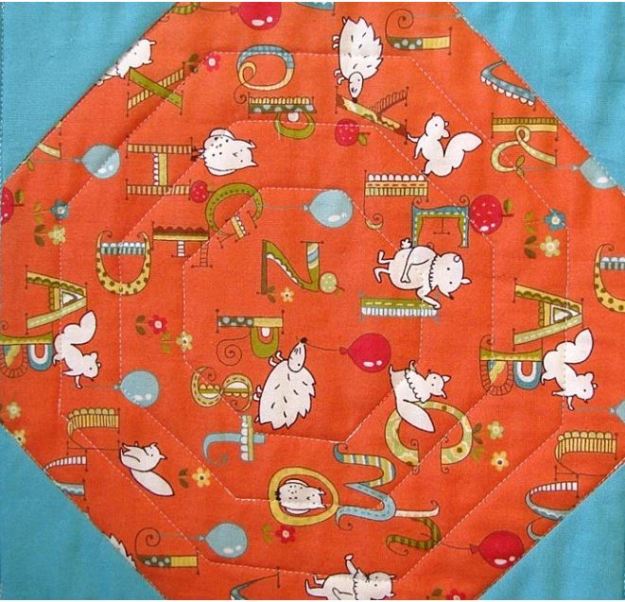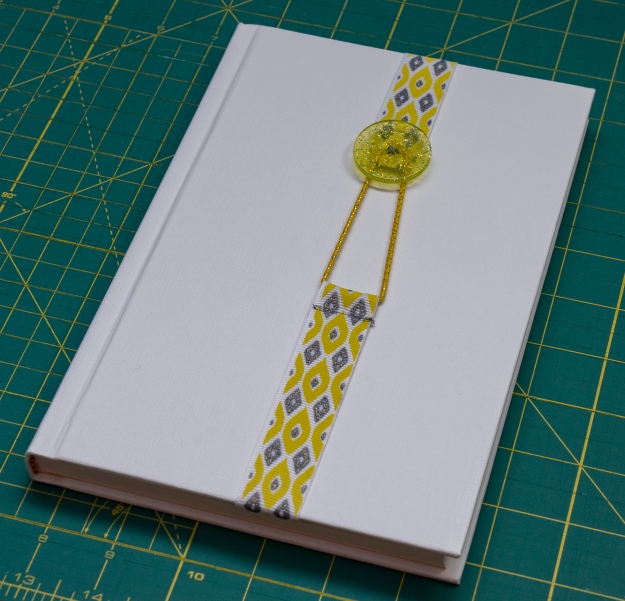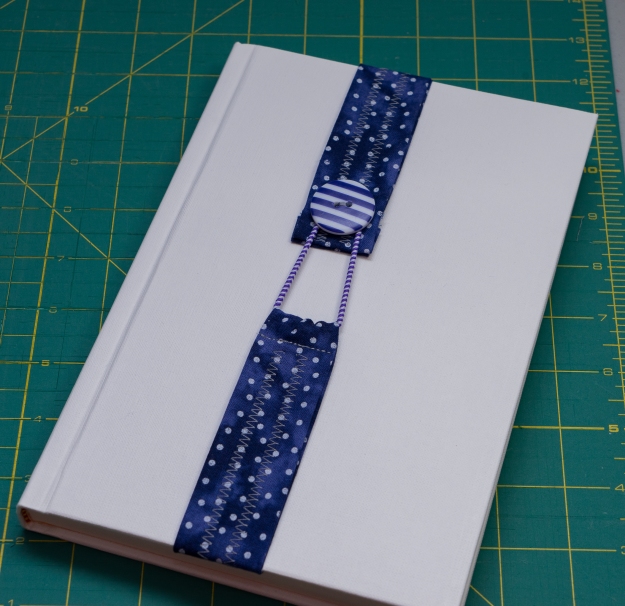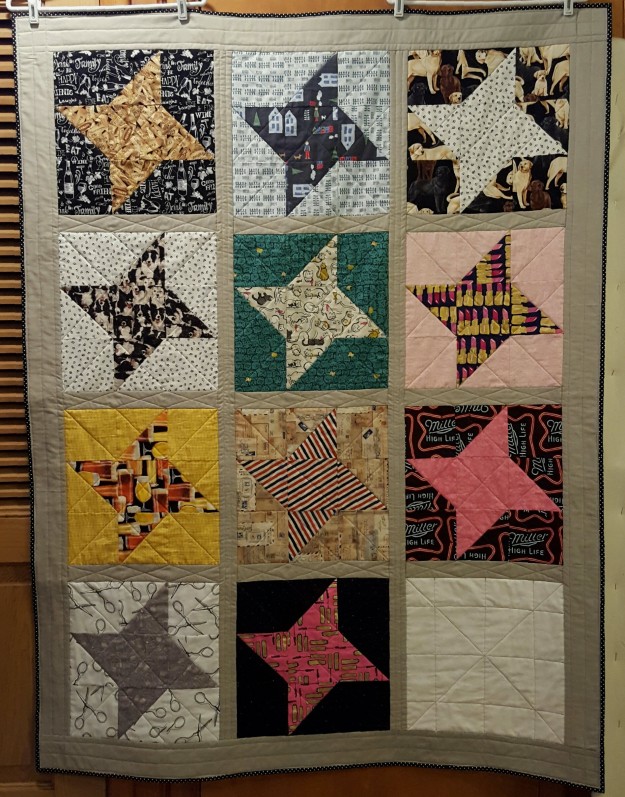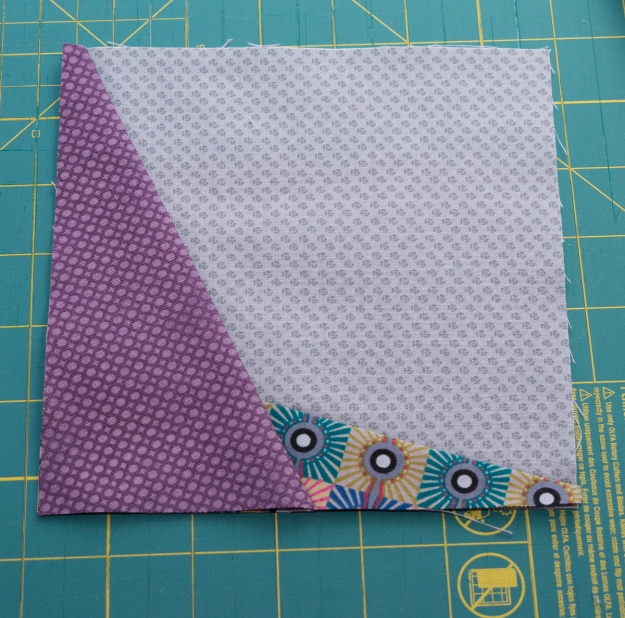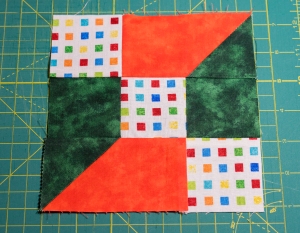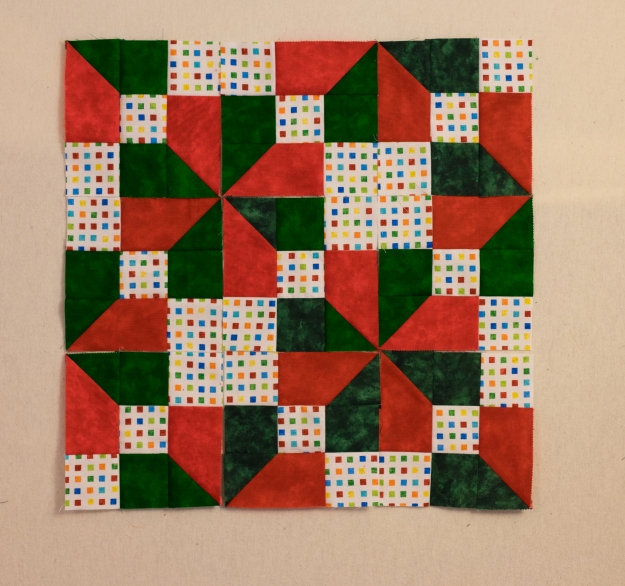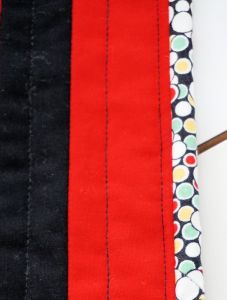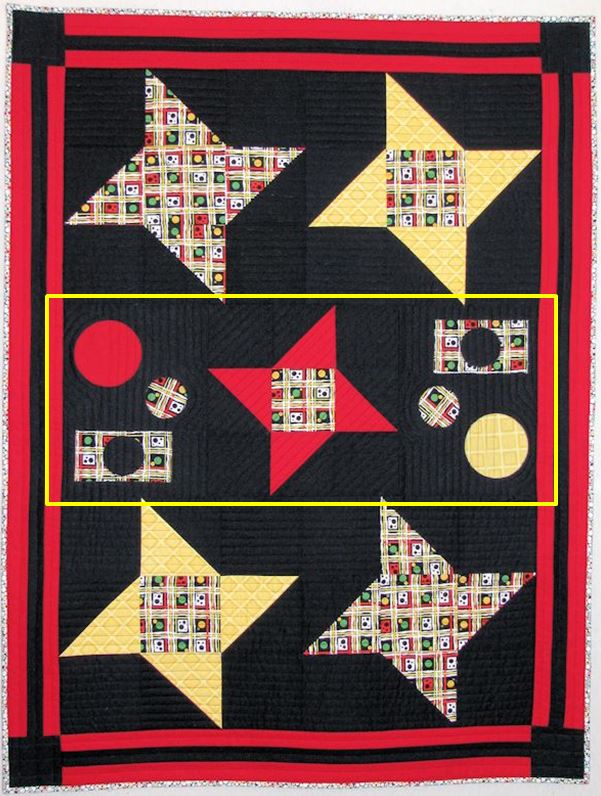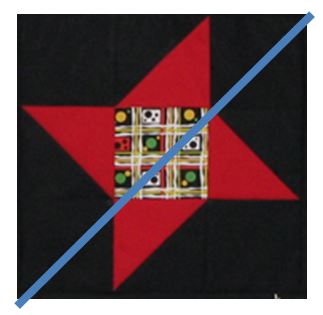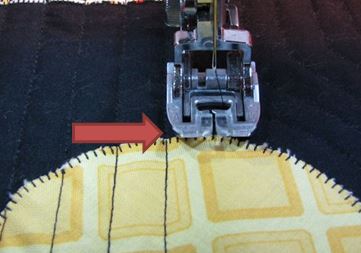Lately I’ve been working on too many projects at the same time and made the commitment to get ONE completely done! So here it is; my Friendship Star quilt.

The print fabrics in this quilt were purchased about three years ago during a guild fundraiser that was held at a sewing machine store I was visiting. Members were selling off fat-quarters and other small cuts from their stash. I really liked this multicolored print so bought the small amount they had, plus the complementary yellow print. After moving them around several times on my shelves while looking for other things, I decided to dive in and use them for something. The “something” is a Friendship Star quilt that finished at 37″ x 47 1/2″.
Here is a link to a good tutorial by the Crafty Gemini on how to make a Friendship Star block for those who have not yet tried one: Friendship Star
I also decided to try some new techniques so I incorporated the following:
1. Dense, straight-line quilting (1/2 inch apart)
2. Echoing curves around the circles
3. Doing machine applique on the inside curves of a circle cut into a rectangle
4. Machine binding using a different technique than I normally use
Lessons Learned # 1 – Straight Line Quilting
Patience, patience, patience. That’s what it takes to do straight line quilting :). To plan the quilting I decided to tackle it by sections. The top and bottom sections of the quilt are straight horizontal lines quilted 1/2″ apart.

The middle of the quilt is made up of three blocks; the center star flanked by squares on which I appliqued circles and a rectangle with the center cut out.
The center star block was quilted with diagonal lines 1/2″ apart.

The two blocks with applique consist of 1/2″ apart vertical lines, but on one side of each circle I opted to “echo” the curved edges.


No Marking Straight Line Quilting – Here’s How I Did It
Step 1 – I measured the size of the area I wanted to quilt with the horizontal lines. From the top to the bottom of the first section, it equaled 14.5″. So it was easy to tell I could sew lines of stitching 1/2″ apart and it would fill the space just fine.

Step 2 – My sewing machine lets me adjust the needle position. So my plan was to use the side of my foot as my guide, adjusting the needle position so that there would be 1/2″ from the side to the needle. As fate had it, I didn’t need to adjust the position at all. In the center position it measured 1/2″ from the side of my foot.
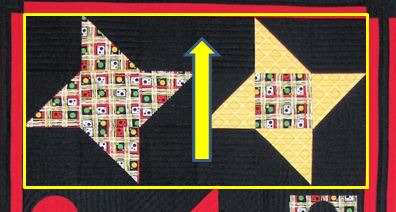
So I lined up the side of my foot along the bottom seam of my section and started stitching the bottom row first and worked towards the top, lining up the side of my foot with each line of stitching as I moved up the quilt. My thought was that I could continue to smooth out the surface of the quilt as needed by working from bottom to top. No matter how well you pin, once you start quilting the fabric will always shift somewhat.

I followed this same process on the bottom section after I finished quilting the middle blocks.
Battling Curved Line Endings
As careful as I was trying to keep my lines straight, I suddenly noticed I was curving my lines at the beginning of some of the rows! I think what happened is that as I tried to set my needle at the right starting point for my line, I shifted the quilt a little at one point, then continued to follow that “off” line for a few more rows until I noticed my error!
So to correct that going forward, I took a small piece of painters tape and lined it up with the edge of a straight row so that I could place the edge of my foot against it and know I was starting off correctly.

IMPORTANT TIP: Look at each line after you’ve sewn it to be sure if something got “off” you can correct it for your next row.
I never felt any wobble I made was bad enough to rip out. It keeps things real…right?
So that’s how I approached my horizontal straight-line quilting. Part 2 will discuss the diagonal quilting and circle echo technique I used plus the adventure of doing machine applique on inside curves of a circle.
Part 3 is on the machine binding technique I used.

